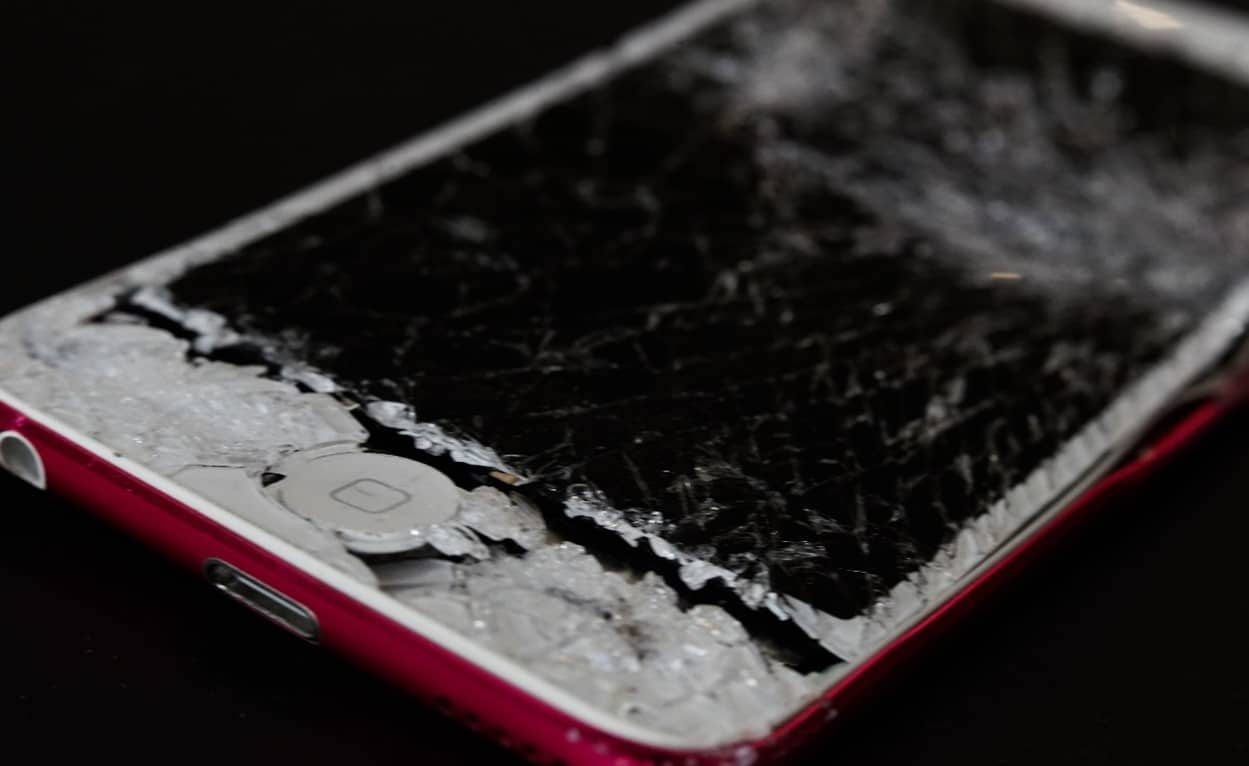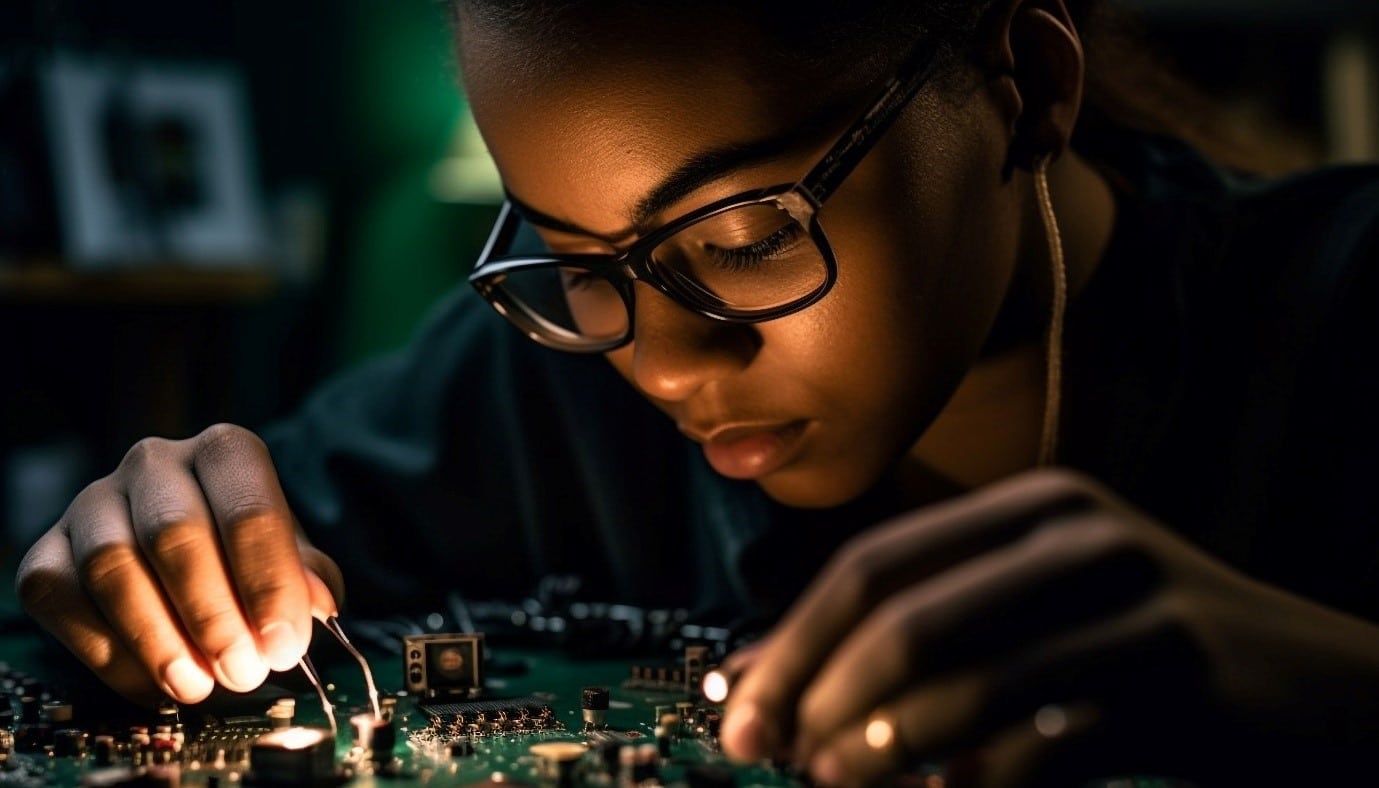From Legislation to Action: A Deep Dive into the Right to Repair Movement

In the rapidly changing world of technology, one movement is gaining traction: the right to repair. This shift advocates for the right of consumers and businesses to repair their own products, without having to rely on the manufacturer.
As the CEO of ReverseLogix, a leading provider of reverse logistics software solutions, I’m a passionate supporter of the right to repair movement.
In this article, I’ll explore the challenges and opportunities of the right to repair movement in more detail along with the latest developments in the US and Europe. I’ll also discuss how ReverseLogix is working to support the movement and make it easier for consumers and businesses to repair their products.
The Origins of the Right to Repair Movement
The emergence of the Right to Repair Movement is a fascinating journey, one that didn’t simply happen overnight but rather evolved as a response to an escalating frustration with what I often term as the “disposable tech era.”
Allow me to take you back to a time when fixing a malfunctioning appliance was a common skill, much like changing a lightbulb or tuning a radio. Picture yourself armed with a trusty toolkit, ready to conquer any household hiccup that came your way. It was a time when your DIY spirit thrived, and the satisfaction of breathing new life into your cherished gadgets was akin to the feeling of mastering a complex puzzle.
However, as technology advanced, the simplicity of DIY repairs began to fade. It’s as if manufacturers decided to make their devices impenetrable fortresses, guarded by proprietary screws and cryptic error codes. Repairing our own gadgets transformed into an uphill battle, and the prospect of voided warranties loomed like a menacing storm cloud.
Recent research paints a sobering picture—a decades-long decline in the repairability score of various consumer electronics.
In response to this mounting frustration, the Right to Repair Movement emerged organically. It represents a collective desire for transparency, a demand to reclaim the lost art of DIY repairs, and a push to dismantle the barriers that manufacturers erected around our beloved gadgets.
The Right to Repair Movement serves as a guiding light, steering us back to an era of self-sufficiency and sustainability in the world of technology.
The Growing Problem of Repair Restrictions
Navigating the landscape of repair in the tech industry reveals a complex reality. As a leader in the reverse logistics space, I find it crucial to examine this situation with a balanced perspective, acknowledging the motivations and challenges faced by both manufacturers and consumers.
In recent years, we’ve observed a trend where manufacturers appear to be taking a more guarded stance towards repair accessibility:
- Access to Manuals: Manufacturers have increasingly limited access to repair manuals, a move that can be attributed to concerns about intellectual property protection and product safety. In some cases, this approach aims to ensure that repairs are conducted correctly, preventing potential hazards.
- Proprietary Screws: Proprietary screws have become more common, presenting a challenge to independent repair professionals and curious consumers alike. Manufacturers argue that this practice safeguards the integrity of their products and helps maintain quality standards.
- Digital Locks: Digital locks, while presenting obstacles to repairs, are often introduced to protect against unauthorized alterations that might compromise security or functionality. Manufacturers argue that these locks are necessary safeguards.
While these repair restrictions are a point of contention, it’s essential to recognize that manufacturers face legitimate concerns in an era where intellectual property theft and product safety are real issues. Striking a balance between consumer rights and these concerns is a challenge that the Right to Repair Movement seeks to address.
As a consumer, you might wonder about the implications of these restrictions. They often translate into limited repair options, potentially higher costs, and increased electronic waste. However, it’s crucial to engage in a constructive dialogue that explores how these challenges can be mitigated without compromising the legitimate interests of manufacturers.
The Right to Repair Movement serves as a catalyst for this conversation. It aims to find common ground, promoting transparency, sustainability, and the preservation of consumer rights. In the following sections, we will delve into the economic and environmental impact of repair restrictions and explore how collaborative efforts can lead to meaningful change in the tech industry.
Sustainability and Profitability – Where are we Now?

Economic Impact
Consider this: Each year, consumers and businesses spend significant sums on replacing devices that could have been repaired. It’s a considerable drain on our collective wallets. When we encounter a malfunctioning smartphone, laptop, or household appliance, we’re faced with a decision—replace or repair.
In many cases, the path of least resistance appears to be replacement. The device is rendered unusable due to repair restrictions, and we’re left with no choice but to purchase a new one. This decision not only costs us money upfront but also perpetuates a cycle of consumption that favors manufacturers’ bottom lines.
Let’s put this into perspective. In 2019, the global consumer electronics market was valued at approximately $1.16 trillion. This staggering figure highlights the economic impact of repair restrictions, as a significant portion of this spending is attributed to premature replacements.
Environmental Impact
Now, let’s turn our attention to the environmental consequences. The throwaway culture encouraged by repair restrictions contributes to a growing electronic waste crisis. When we discard devices prematurely, they often end up in landfills, where they leach harmful chemicals into the soil and release greenhouse gases into the atmosphere.
Consider these sobering statistics:
- In 2019 alone, the world generated about 53.6 million metric tons of electronic waste
- The United Nations estimates that electronic waste is increasing by 21% annually
- Only about 17% of global electronic waste is recycled properly, leaving the rest to languish in landfills or be processed unsafely
This mounting electronic waste problem has far-reaching implications. It depletes natural resources, contributes to climate change, and poses health risks to communities near improperly managed e-waste sites.
It’s evident that the economic and environmental toll of repair restrictions is substantial. We’re squandering resources, filling landfills, and perpetuating a cycle of consumption that’s simply unsustainable.
However, it’s important to recognize that manufacturers also face economic and environmental pressures. Balancing the need for innovation and competitiveness with sustainability and consumer rights is a complex challenge.
Latest Development in the US and Europe
The Right to Repair movement is gaining momentum in both Europe and the US, with several recent developments that could have a significant impact on consumers and businesses alike.
In the US, a few states have passed or introduced Right to Repair legislation. In September 2023, California passed the Right to Repair Act, which is one of the most comprehensive Right to Repair laws in the US. A recent survey found that 75% of Californians support Right to Repair right across the political sphere.
It requires manufacturers to provide consumers and repair shops with access to repair information, tools, and spare parts for electronic devices, appliances, and farm equipment. The law also prohibits manufacturers from using digital locks or other technologies to prevent consumers from repairing their own devices.
The California Right to Repair Act is expected to take effect in July 2024. If it becomes law, it would be a major victory for the Right to Repair movement in the US.
In 2022, New York became the first state in the US to pass a Right to Repair law for electronic devices. The law requires manufacturers to provide consumers with access to repair information and tools.
Other states, such as Massachusetts and Minnesota, have introduced similar legislation. However, there is also opposition to Right to Repair legislation from some businesses, such as manufacturers and trade associations.
In March 2023, the European Commission proposed a new law that would give consumers the right to repair their electronic devices. The law would require manufacturers to provide consumers with access to repair information and tools, and to make spare parts available for at least 10 years. The law is still under negotiation, but it is expected to be passed in 2024.
ReverseLogix – Pioneering Right to Repair Solutions

ReverseLogix technology stands at the intersection of innovation and the Right to Repair legislation by making it easier for consumers and businesses to access repair information and parts. Our platform is uniquely poised to bridge the gap between consumers’ desire for repairability and manufacturers’ need for control and quality assurance.
By embracing our repairs solution, retailers and manufacturers can not only comply with evolving Right to Repair laws but also unlock a host of benefits:
- Compliance with Legislation: ReverseLogix technology ensures that retailers and manufacturers stay in compliance with emerging Right to Repair legislation, avoiding potential legal and financial penalties.
- Enhanced Customer Satisfaction: By offering repair services facilitated by our platform, retailers and manufacturers can elevate customer satisfaction levels. Consumers appreciate the option to have their devices repaired, leading to increased brand loyalty.
- Reduction in Electronic Waste: Repairable devices have a longer lifespan, significantly reducing electronic waste. This aligns with the environmental goals of Right to Repair legislation, which seeks to minimize the impact of electronic waste on the planet.
- New Revenue Streams: Repair services can become a lucrative revenue stream for retailers and manufacturers. As consumers increasingly opt for repairs over replacements, businesses can tap into this growing market.
- Innovation in Quality Control: Manufacturers can utilize ReverseLogix technology to monitor and enhance the quality of their products. Through repair data analysis, they can identify recurring issues and improve product design, contributing to fewer repair needs in the long run.
- Reduce & Prevent Fraud: With serial numbers, product images, and detailed product descriptions clearly displayed on workflow screens, manufacturers can accurately match returned products with inventory, verify in-warranty and out of warranty products as well as have customers’ purchase history and communication history all in one system, giving them instant access for verifying purchases and payment methods.
The shift towards repairability is not just a legal obligation; it’s a strategic move that resonates with consumers who increasingly value sustainability. It’s time for retailers and manufacturers to take note and seize the opportunity to champion repair-friendly practices while fostering consumer trust and loyalty.
Conclusion
The Right to Repair Movement is more than just a call for convenience—it’s a fundamental shift toward sustainability, consumer empowerment, and economic responsibility. Repair restrictions have far-reaching consequences, impacting our wallets, the environment, and the very essence of our throwaway culture.
However, it’s crucial to recognize that manufacturers are not adversaries in this endeavor. They face genuine concerns about intellectual property, safety, and quality control. Striking a balance between consumer rights and these concerns is the ultimate challenge.
As we move forward, it’s heartening to see the momentum building on both sides of the Atlantic. Europe’s Circular Economy Action Plan and the U.S. state-level initiatives represent significant steps toward a more repair-friendly future. The impact of these changes will be felt by all, from individuals seeking to revive their gadgets to technicians striving for equitable access to repair resources.
Together, we can usher in an era where repair is not the exception but the norm, and where the throwaway culture is replaced by one of resilience and resourcefulness.
#RightToRepair #ReverseLogi #SustainableTech #RepairRevolution #ReduceElectronicWaste #RepairabilityMatters #CircularEconomy #TechRepair #ConsumerEmpowerment
